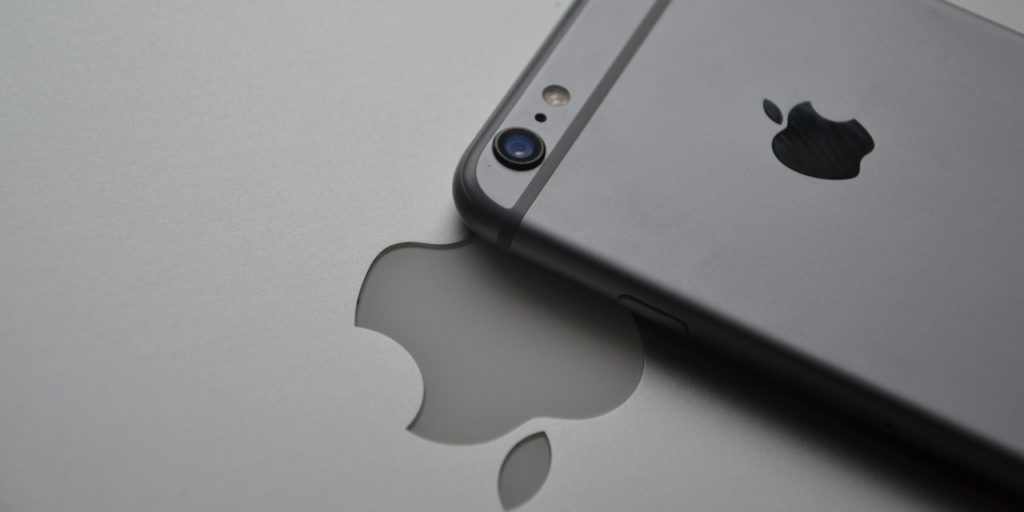- Swing and a miss for torpedo bat trademark application? - April 23, 2025
- Copyright lawsuit could create new licensing option for media industry - January 29, 2025
- Trademark law is not intended to stifle competition - November 14, 2024
By Tony Poland, LegalMatters Staff • Sometimes there is no difference between apples and oranges – or any other fruit – when it comes to protecting an iconic logo, especially if that logo belongs to Apple, says Toronto intellectual property lawyer John Simpson.
Apple has filed a notice of opposition in the United States Patent and Trademark Office against Prepear, claiming the meal preparation app’s pear logo is too similar to its trademarked logo and would cause a dilution of its distinctiveness.
In its filing, Apple states “the Apple Marks are so famous and instantly recognizable that the similarities in Applicant’s Mark will overshadow any differences and cause the ordinary consumer to believe that Applicant is related to, affiliated with or endorsed by Apple.”
Strong case
Simpson, principal of IP and new media law boutique Shift Law Professional Corporation, says Apple is claiming the Prepear logo brings to mind the iconic Apple logo. He explains the huge conglomerate would have a strong case because “the more famous the trademark is, the wider its scope of protection.”
“It’s really very relevant how well known or how famous the plaintiff’s trademark is,” he tells LegalMattersCanada.ca. “That’s what really determines the scope of protection.
“If Apple had just started operating last week and nobody really knew about them, they wouldn’t be able to say Prepear’s logo creates a similar commercial impression.”
Simpson notes that the multinational technology company is easily one of the most recognized in the world. Forbes ranked Apple as the world’s most valuable brand in 2020.
Because they have spent years building up their brand, it is essential to protect it, he says, adding this is not simply a case of a monolith trying to bulldoze a tiny entity.
“Obviously this kind of issue gets in the media and people do think of it as bullying,” Simpson says. “It’s got a lot of hallmarks of bullying. Big Goliath vs. the little David. Why would Apple be worried about some recipe app?
Lose distinctiveness
“However, in a certain respect it is essential for companies with iconic trademarks to do this because if they are not vigilant, then you start to lose the distinctiveness of their brand,” Simpson adds. “By definition, these cases are necessarily brought by big companies with iconic names and logos. That is how they keep their logos famous and distinctive.”
He says Apple has put a metaphorical “fence around the scope of their protection.”
“They are essentially patrolling the boundaries of their trademark protection,” Simpson says. “They have to be vigilant about preventing anyone from jumping over that fence. As soon as one does, it’s more difficult to stop the second one and the third.”
- Copying online images to cut corners can come at a cost
- Cannabis company liable for using Toys R Us inspired trademark
- Google adds more ammo in fight against online counterfeiting
He says if a small company had the rights to an apple logo, they might be able to claim protection over similar-looking apples.
“A bigger business might have protection over all apples,” Simpson says. “But Apple is so widely known that they can take the position that their trademark rights cover all images of fruits. The point is, in trademark infringement and trademark composition cases, it’s not just a straight comparison between two trademarks and how they are used.”
He says the case comes down to concept dilution.
Depreciation of value
“It’s not about people seeing the pear and thinking this must be an Apple company, which is what traditional trademark infringement is. It’s about the depreciation of the value of the goodwill in a trademark,” says Simpson “Apple is not even saying the average consumer would be confused. They are saying that if this pear is registered as a trademark that is going to meaningfully dilute the significance of Apple’s distinctive mark. It’s a fair argument.”
It’s not enough to simply say the pear logo is different from the Apple brand, he says.
“You have look at it from Apple’s perspective. Sure, it is a pear, not an apple. But say someone else tries to register an orange with a bite out of it that looks a little more like the Apple logo,” Simpson says. “Each new logo, if you open that door, is going to gradually erode the distinctiveness of the Apple logo. That’s what dilution means.”
Of course, there is a public relations risk that can come with protecting a logo, especially if the public sees a large multinational using its financial might to crush a small company, says Simpson.
“You start getting a reputation and people don’t see you in such a kind light anymore,” he says. “You really do have to balance it.”
However, Simpson says it’s “an important war” that must be fought.
“In a certain respect it is essential for companies with iconic trademarks to do this,” he says. “If you don’t then the next guy is going to have an easier time claiming your logo is not distinctive.”

